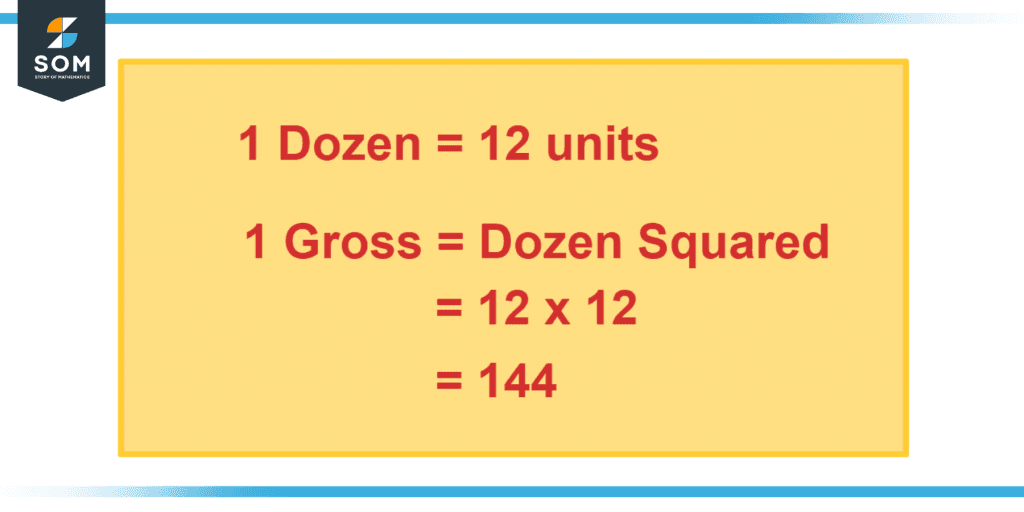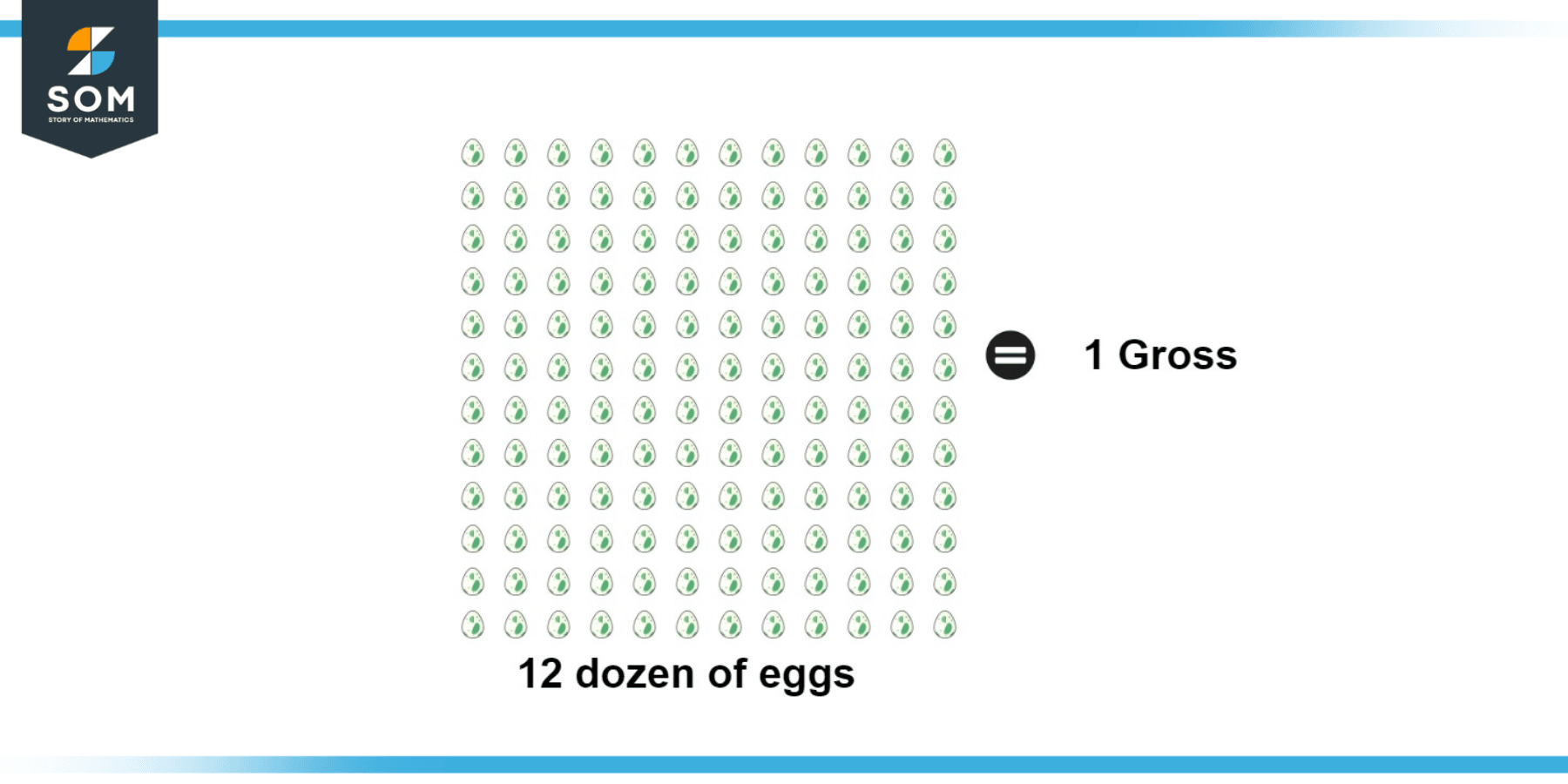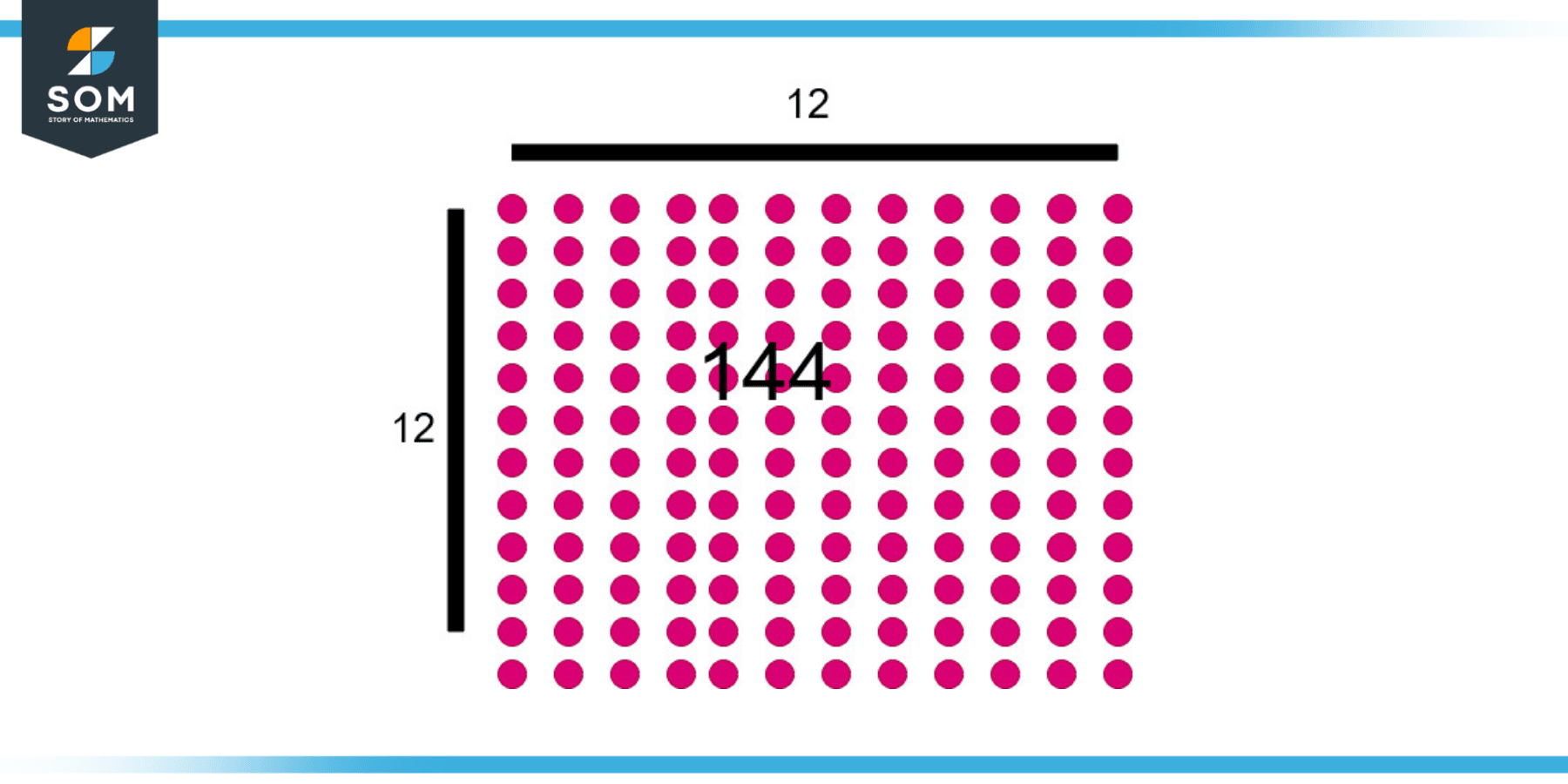JUMP TO TOPIC
Gross Number|Definition & Meaning
Definition
In mathematics, the term “gross” can either refer to the number 144 or to the sum of all earnings after deducting all associated costs. When the word “gross” is used, it refers to a dozen, which is 12 multiplied by 12. Gross is the revenue generated after expenses when referring to costs.
Gross may refer to a number, a mass, or an income. A “gross” is twelve dozen. A “little gross” is ten dozen, and a “large gross” is twelve grosses. Typically, retailers buy their products in bulk and sell them by the dozen.

Figure 1 – Gross number
Explanation
In regard to numbers, the term “gross” can be applied to numbers to indicate that they are before any deductions or as a unit of measurement. For instance, gross profit is the amount of profit generated by a business after deducting the cost of goods sold but before operating expenses.
The quantity of an object being measured is considered the gross quantity before any deductions are considered. The following figure shows the gross number.

Figure 2 – Representation of one gross number
Thousands of years ago, the mathematicians of ancient Mesopotamia developed the practice of counting in groups of ten. They employed a robust, albeit laborious, system of mathematics based on the number 60, which is why there are still 60 seconds in a minute and 360 degrees in a circle.
Twelve’s were helpful since they could be counted by hand simply and multiplied readily into sixty. You have twelve knuckles on your fingers if you count them from the base up. Without having to write anything down, you can easily keep track of a dozen if you also use the knuckles of your other hand as counters.

Figure 3 – Illustration of the gross number
Uses of Gross Number
A gross, which equals 12 dozen, is a measuring unit that is occasionally used. The number of hot cross buns, for instance, would be 144 hot cross buns. A great gross is 1,728 gross, or twelve gross. In everyday speech, a gross is most frequently shortened as “gr” or “gro.”
Gross in Economics
In the field of economics, the term “gross” is used to describe amounts that have not yet been adjusted for any potential deductions. For instance, a company may have eight units of inventory that it sold but also had two units returned in the same time frame. In this scenario, the business’s gross sales would be eight, but its actual sales would be six.
In economics, the word “net” is used to describe statistics that have had deductions made from them.
For instance, net profit, also known as net income, is the difference between gross profit and all other costs, such as interest and taxes, as well as operating expenses. In the case of the example above, the business’s real sales after returns are referred to as its net sales.
Gross Calculation and Net Sales
The terms gross and net quantities are most frequently used when determining a company’s sales revenue. Once the cost of products sold has been subtracted, sales revenue is computed as the net gross sales revenue. Said cost is primarily determined by multiplying the number of products sold by the cost of those things.
Net quantity can be used to indicate the total amount of items sold by the company during that time period as opposed to gross quantity, which can only include returned goods.
Many numbers have a synonym for the matching word. Some have continued to be well known, like pi. Others, such as a “brace” for two or a “score” for twenty, are no longer often used, especially in commercial settings.
A gross, which is an archaic numeral word that refers to 144 of a particular thing, is one of the more common ones you’ll still use in business.
Example of a Gross Number
The dozen continues to be popular in part because it is a very handy number that may be divided in a variety of ways. Consider for a moment that you are distributing cookies to several children. If you purchase a dozen cookies, you can evenly distribute them among two, three, four, or six children, or even five if you save a few for yourself.
That reasoning also holds true for your office if you mentally transform those cookies into ink cartridges and the “kids” into workstations. For the same reason, purchasing or selling things in gross units is beneficial.
A gross is a useful number to have on hand for many products. No matter how big your fleet or factory is, you won’t order automobiles or major machines in bulk, but little products are different. It is a typical amount for various novelty items and promotional goods like pens and refrigerator magnets, for example.
Almost anything can be packaged or offered for sale in amounts of a gross if it is small enough to be kept in stock, used in bulk, and reasonably priced to do so.
What Is Meant by “Gross Pay”?
The total amount of money that an employee earns for their time spent working is referred to as their “gross pay.” It includes the total amount of salary prior to any taxes or other deductions being taken out.
In addition to hourly wages or a salary, the term “gross pay” refers to any additional compensation received from an employer in the form of overtime, bonuses, or reimbursements.
For instance, if an employer offers you a sales position with a base pay of $50,000 plus a bonus of $2,500 f, your total annual gross income would be $52,500 if you worked for that employer for a year.
How Do You Figure Out How Much Your Monthly Gross Revenue Is?
Simply divide the total amount of money (your pay) that you are paid during the year by the number of months in the year. The method estimates that your monthly gross income is $6,250 if you earn an annual salary of $75,000, for instance. This figure is derived from your yearly salary.
A Numerical Example of a Gross Number
Mr. Ali works for a company that produces goods. His yearly pay is $120,000. He makes no other money. Find out what his monthly gross revenue is.
Solution
Given that:
Annual salary = 120000
Then:
= 120000/12 = 10,000
Hence, his monthly gross revenue is 10,000.
All mathematical drawings and images were created with GeoGebra.
